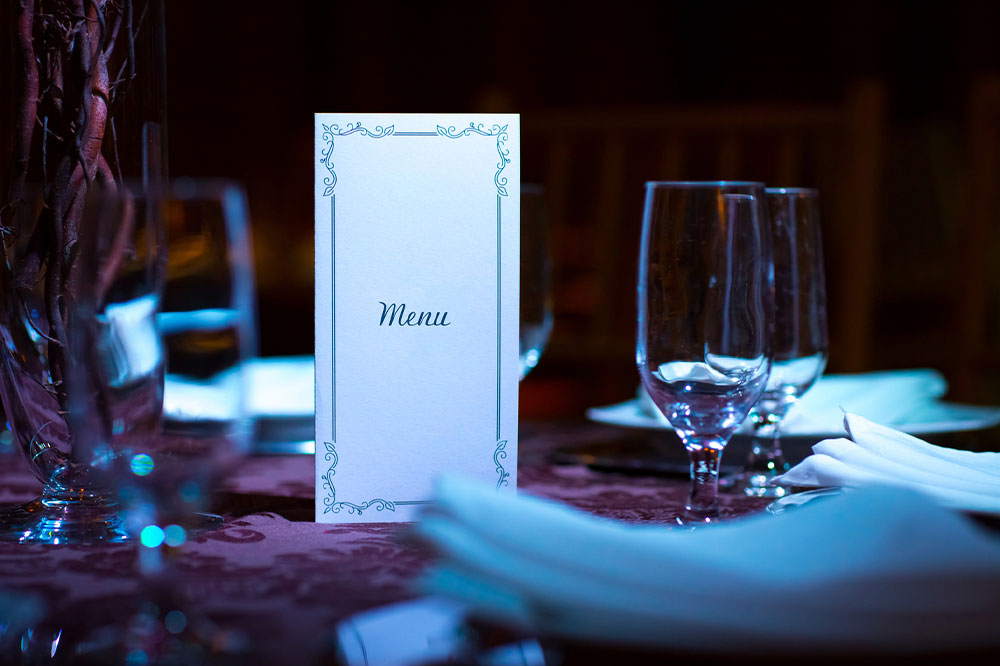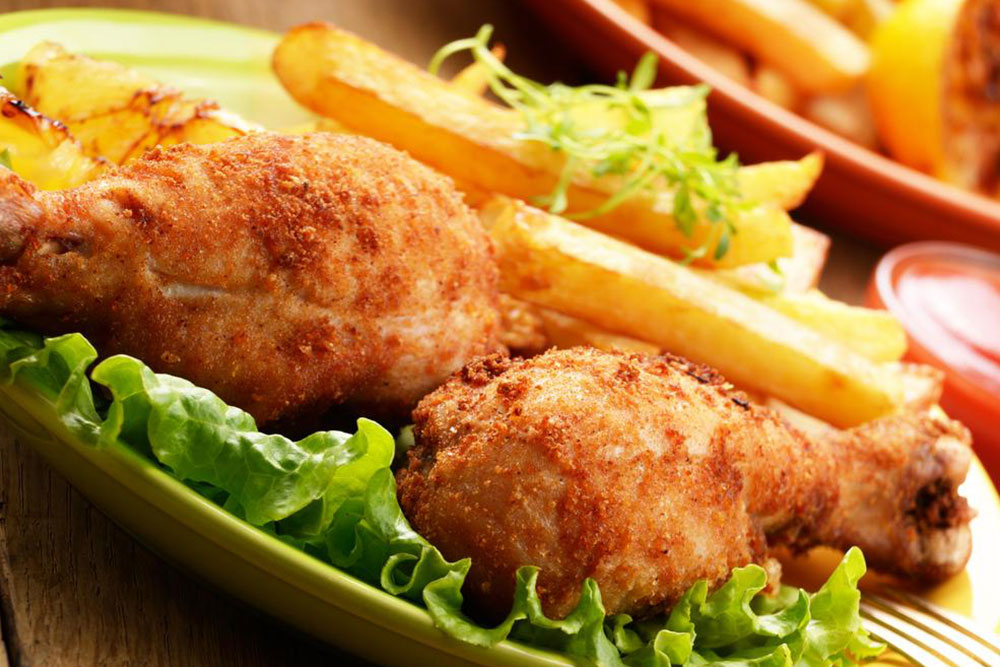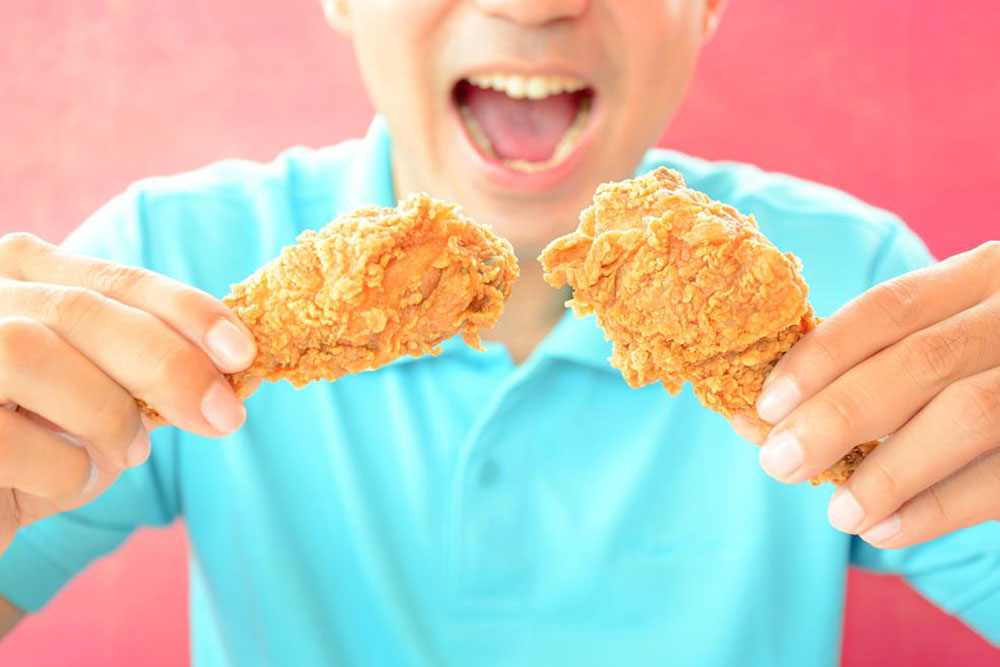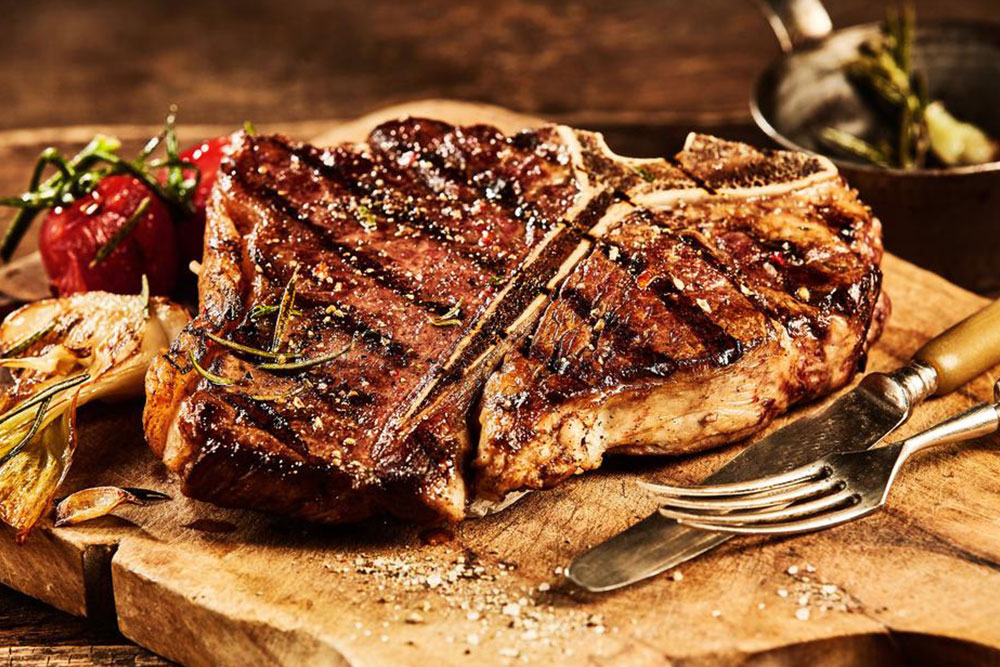Seven Common Types of Restaurant Menus
Discover the seven main types of restaurant menus that define dining experiences worldwide. From à la carte and du jour to buffet and static menus, learn how each style caters to different restaurant themes and customer preferences. Understanding these menu formats helps diners and operators enhance their food service experience. Whether for casual or fine dining, choosing the right menu type is crucial for building reputation and customer satisfaction in the hospitality industry.
Seven Common Types of Restaurant Menus
Successfully managing a restaurant involves more than just serving delicious food. Creating the right atmosphere and selecting suitable dishes are essential. Equally important is designing a menu that showcases the restaurant’s identity and quality. The menu should clearly display the cuisine type, pricing, and meal combinations available, helping customers make informed choices. Whether it's a traditional or modern setting, the right menu enhances the dining experience and strengthens the restaurant’s reputation.
À la carte
This French term means "by the menu" and refers to a menu where each item is listed separately with its own price. This approach offers guests maximum flexibility, allowing them to select individual dishes or combine different options. However, it can be more costly as each item is priced separately.

The du jour menu, meaning "for the day" in French, highlights special dishes available only on specific days. Restaurants often plan weekly menus with daily specials, which are often displayed on chalkboards, screens, or digital boards. These menus may feature a single dish or multiple options like soups or appetizers, sometimes with prices included. They provide freshness and variety based on daily ingredients and chef creativity.
Cycle menus are designed to rotate daily, weekly, or monthly, showcasing seasonal ingredients, chef specials, or themed dishes. These are popular in resorts, hotels, cruise ships, and hospitals. They facilitate menu changes aligned with ingredient availability and seasonal trends, ensuring variety while maintaining kitchen efficiency.
Buffet
The buffet menu presents a variety of dishes served simultaneously, usually at a fixed per-person rate. Guests serve themselves from a selection of starters, main courses, and desserts. Buffets are ideal for large gatherings like weddings and parties, offering affordability and extensive choices, with some restaurants offering unlimited servings.
Beverage Selection
Many eateries provide a dedicated drinks menu featuring wines, cocktails, juices, and sodas. Each beverage is often listed with its price, ingredients, and sometimes a brief story or tradition relevant to the drink. Guests typically start with water and may order additional drinks as the meal progresses.
Dessert Menu
Dessert menus are often included with à la carte options but may be removed after main courses are served. To enhance convenience, some restaurants display dessert options on tables or provide menus after the meal. Fine dining places might also showcase desserts via rolling carts, presenting a variety of sweet treats for guests to choose from.
Static Menus
Unlike cycle menus, static menus rarely change and cover a broad range of categories. They are common globally, offering consistency for customers who know what to expect. These menus typically include appetizers, main dishes, beverages, and desserts in one comprehensive booklet, simplifying the ordering process.
Understanding these menu types helps diners recognize how restaurants curate their offerings. Each style is designed to improve customer experience and operational efficiency, encouraging repeat visits and customer satisfaction.









